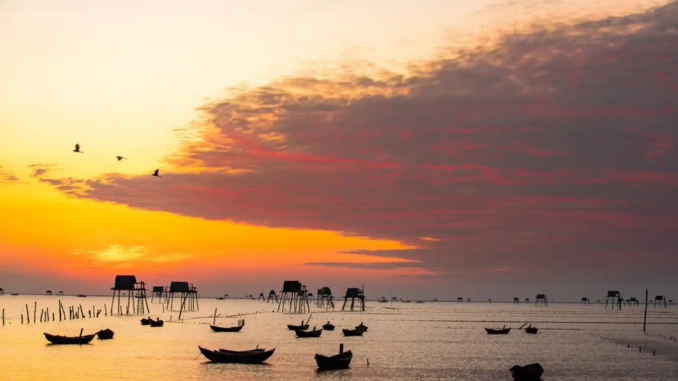
Thái Bình (Thai Binh) has a long and rich history, dating back to the Bronze Age. The province was once part of the kingdom of Van Lang, one of the first kingdoms in Vietnam. Thai Binh was also a major center of the Le Dynasty, one of the most powerful dynasties in Vietnamese history.
Thai Binh is home to many historical and cultural sites, including the Keo Pagoda, which is one of the oldest and most beautiful pagodas in Vietnam. Thai Binh is also known for its traditional crafts, such as pottery, weaving, and embroidery.
Location
Thai Binh is located in the Red River Delta region of Vietnam, about 100 kilometers east of Hanoi. It is bordered by Hai Duong province to the north, Quang Ninh province to the east, Nam Dinh province to the south, and Ha Nam province to the west.
Transportation
The best way to get to Thai Binh from Hanoi is by bus or taxi. The bus ride takes about two hours, while the taxi ride takes about two and a half hours.
Also, driving a motorbike is a popular mode of transportation in Vietnam and can be a good way to get around Thai Binh.
Weather
Thai Binh has a tropical monsoon climate, with two distinct seasons: a hot and humid summer season from April to October, and a cool and dry winter season from November to March.T
he best time to visit Thai Binh is during the dry season, which runs from November to April.
Top destinations to explore
1. Nhà thờ Chánh Toà (Cathedral Parish)

This iconic landmark, revered for its exquisite Gothic design and profound spiritual significance, has served as a beacon of hope and devotion for generations of parishioners.
The origins of Thai Binh Cathedral Parish can be traced back to the early 20th century, when a group of dedicated parishioners embarked on a mission to construct a church that would reflect the grandeur of their faith. Inspired by the majestic Gothic cathedrals of Europe, they envisioned a structure that would harmonize with the surrounding landscape and serve as a symbol of hope and devotion.
2. Chùa Keo (Keo Pagoda)
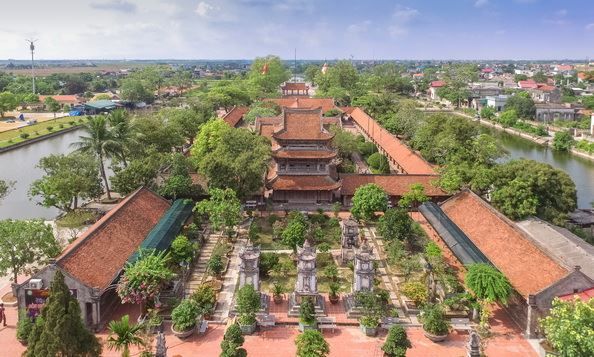
The roughly 400-year-old Keo Pagoda is one of Vietnam’s oldest temples that has been kept almost whole. The Keo Thai Binh Pagoda, with its huge scale and numerous surface works, is regarded as a masterpiece of timber art that demonstrates the skill of the Le Dynasty’s painters. The unique aspect of Keo Pagoda is that it has a pre-Buddhist – post-Saint layout with a very symmetrical front and back. It also worships Saints in addition to Buddha.
3. Đền Tiên La (Tien La Temple)
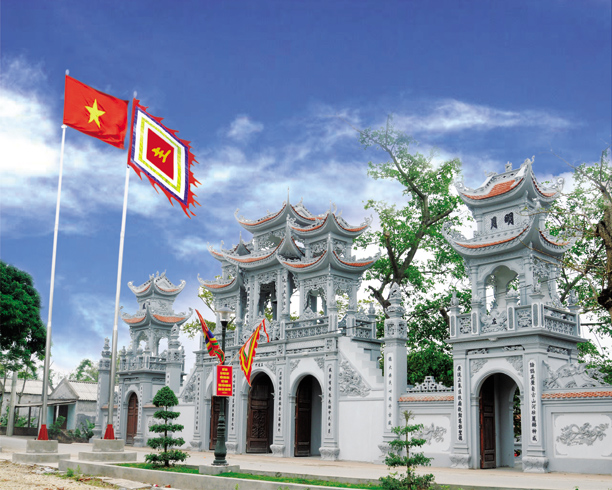
Tien La has been recognized as a national historical and cultural relic since 1986. The temple worships Mother Goddess Tien La – General Bat Nan, Vu Thi Thuc, a famous female general under the Trung Sisters.
Tien La has a total area of about 6,000m2, located at Kim Quy mound, the front facing Tien Hung river. Around the temple are rows of lush, green longans. This place was built according to the most ancient architectural prototypes – late. This is shown from the columns, rafters to the curved temple roof with the shape of Two Dragons Adoring the Moon.
4. Làng chạm bạc Đồng Xâm (Dong Xam Silver Carving Village)
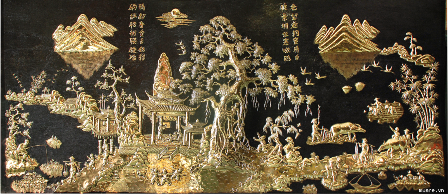
Renowned for its centuries-old legacy of silver carving, Dong Xam has earned its reputation as a living museum of this exquisite art form, offering visitors a glimpse into the meticulous skills, intricate designs, and enduring legacy of Vietnamese artisans.
The origins of Dong Xam Silver Carving Village can be traced back to the 18th century, when a group of skilled artisans settled in the village, bringing with them their mastery of the delicate art of silver carving. Over generations, the craft has been passed down from father to son, preserving the unique techniques and intricate designs that have become synonymous with Dong Xam’s silver creations.
5. Làng dệt chiếu Hới (Hoi Mat Sedge Mat Weaving Village)
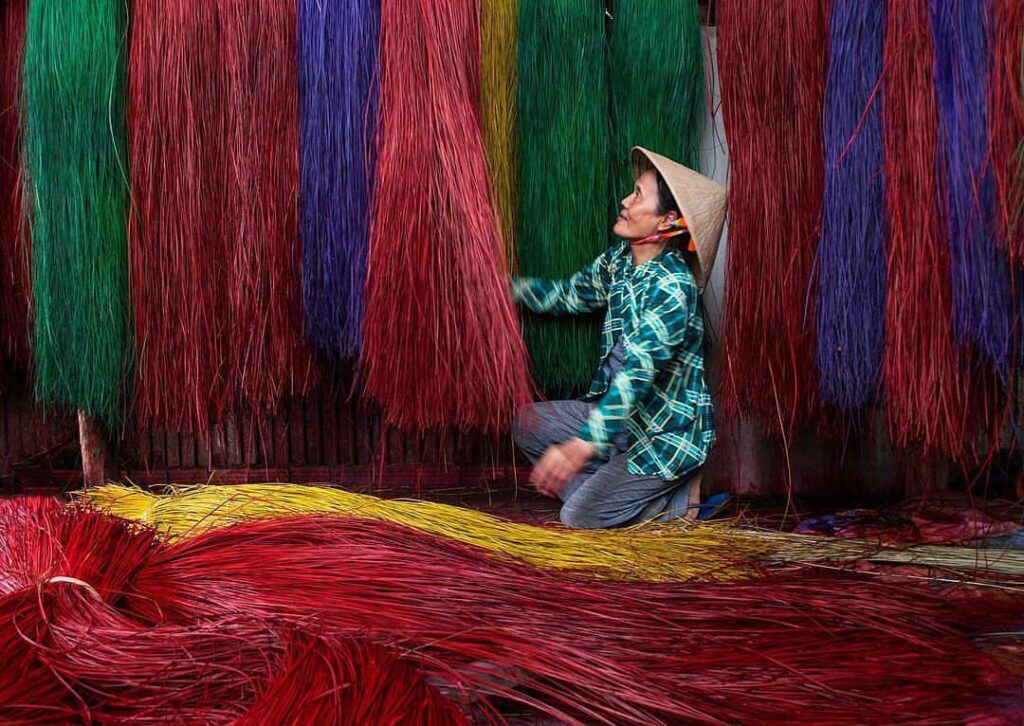
The origins of Hoi Mat Sedge Mat Weaving Village can be traced back to the reign of Emperor Le Thanh Tong during the Later Le Dynasty (1460-1789). Legend has it that a group of skilled artisans, seeking refuge from a devastating storm, settled in the village, bringing with them the secrets of sedge mat weaving. Over centuries, the craft has been passed down from father to son, ensuring the survival of this time-honored tradition.
Sedge mats, are not merely utilitarian objects; they are works of art, intricately woven from the slender stems of the sedge plant, a natural resource abundant in the surrounding wetlands. Each mat is meticulously crafted by hand, using a variety of weaving techniques and patterns that reflect the artisans’ deep understanding of the material and their connection to the natural world.
Food
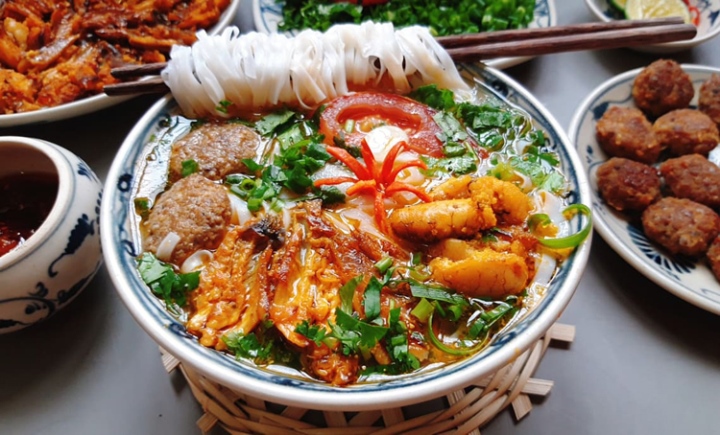
Bún Canh Cá (Thai Binh fish noodle soup): This dish is made with rice noodles, a sweet and savory fish broth, and a variety of toppings, including fish, shrimp, and squid. It is often served with a side of fresh herbs and vegetables.
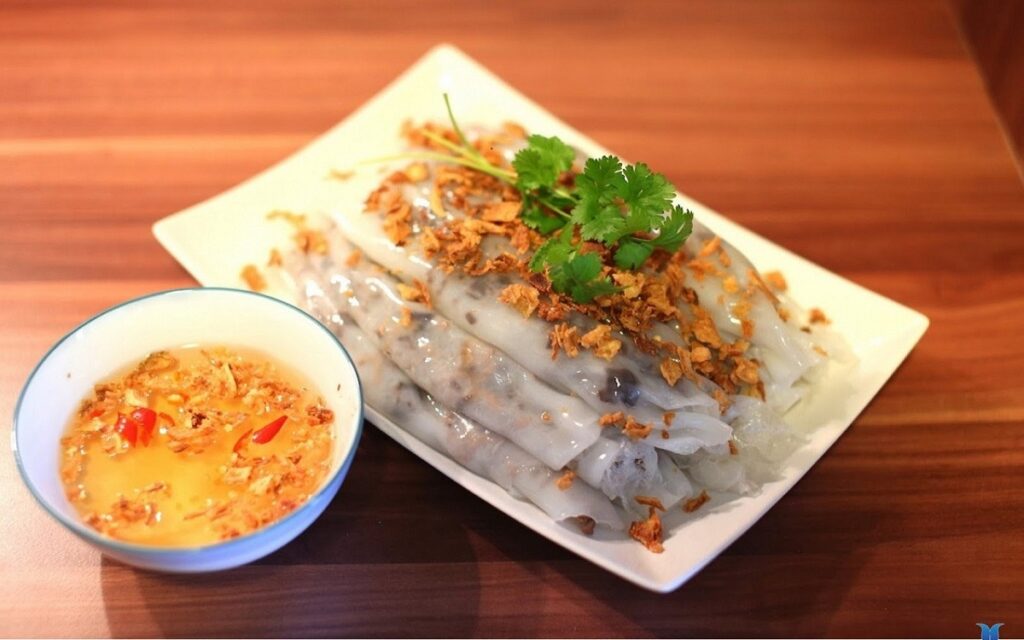
Bánh Cuốn Chả (steamed rice rolls with grilled pork): This dish is made with thin rice flour sheets that are steamed and filled with a mixture of ground pork and mushrooms. It is then served with a dipping sauce made from fish sauce, vinegar, and sugar.
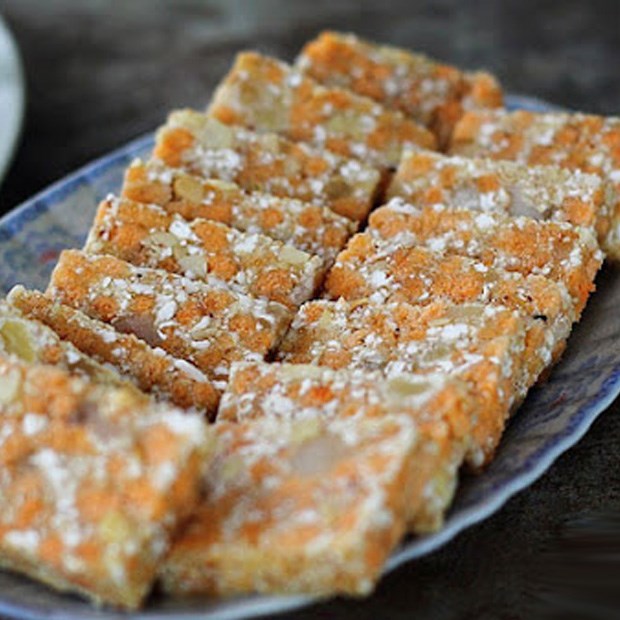
Bánh Cáy (Cay Cake): The most well-known cuisine in Thai Binh is cay cake, which visitors frequently purchase as gifts. A variety of ingredients, including sticky rice with yellow blossoms, gac, lard, sesame, carrot, fresh ginger, pumpkin jam, and coconut, are used to make cay cake. Cay Cake is quite sweet when eaten, so you should drink the same freshly brewed hot tea.
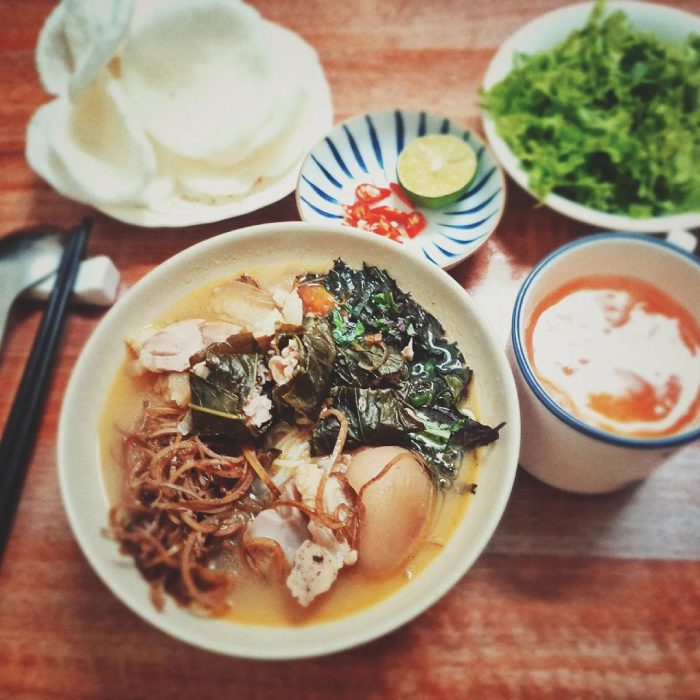
Bún Bung (Bung noodles): sometimes referred to as banana flower vermicelli, is formed from banana flower, spring leg, sprout, bone leaves, and leaves, making it both filling and nutrient-rich when consumed.

Gỏi sứa Thái Thuỵ (Thai Thuy Jellyfish Salad): Teenagers love this jellyfish salad because it is both crispy and sweet when eaten, and it is garnished with pickles, herbs, and roasted peanuts.
Accommodation
– Selegend Hotel Thai Bình: This 4-star hotel is located in the heart of Thai Binh City, close to many popular attractions.
– White Palace Thai Binh Hotel: This 3-star hotel is located in the city center. It offers a relaxed hotel offering 2 restaurants, plus simply furnished rooms & suites with Wi-Fi.
– Petro Thai Binh Hotel: This 3-star hotel is also located in the city center. It offers clean and comfortable rooms, a restaurant, and a bar.
– Golden Thai Binh Hotel: This 3-star hotel is located in the city center. It offers spacious and well-appointed rooms, a restaurant, and a bar.
Thai Binh is a province that has something to offer everyone. Whether you are interested in history, culture, nature, or food, you will find something to enjoy in Thai Binh. If you plan to visit this beautiful place, don’t forget to apply Visa. With the easy and fast Visa procedures, you can travel to Vietnam at any time!